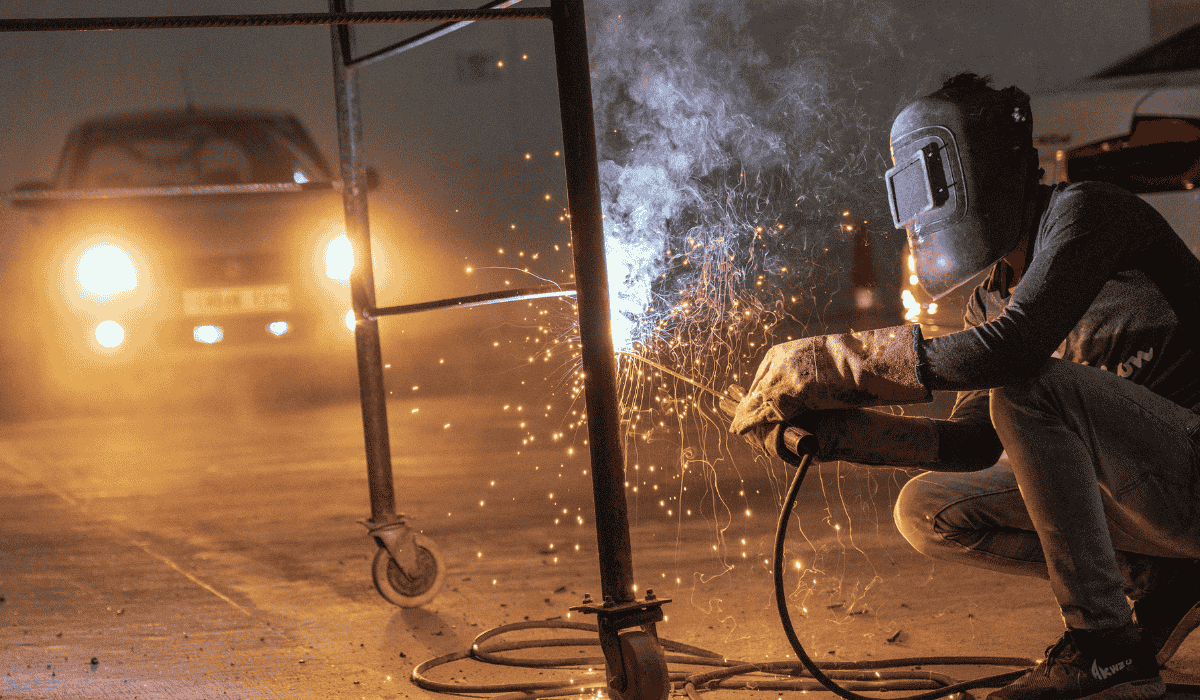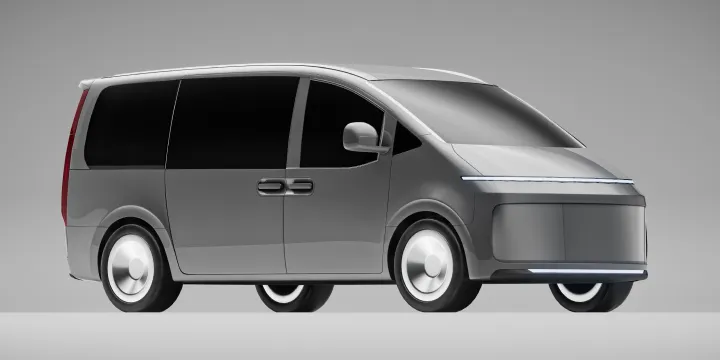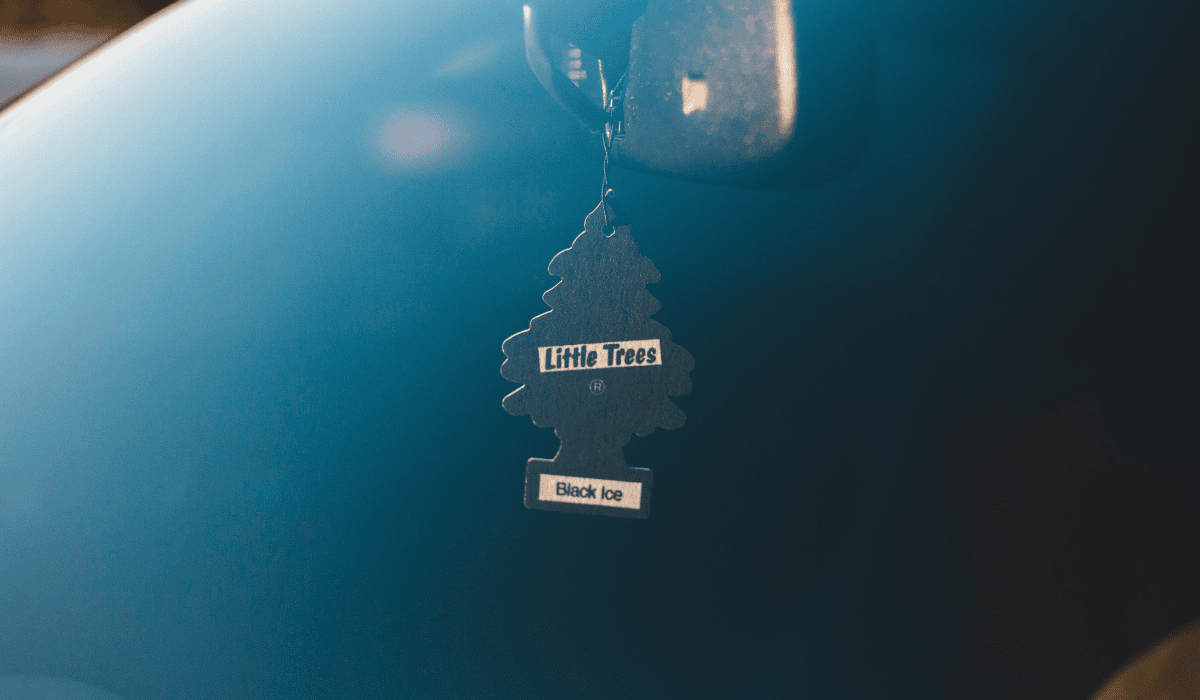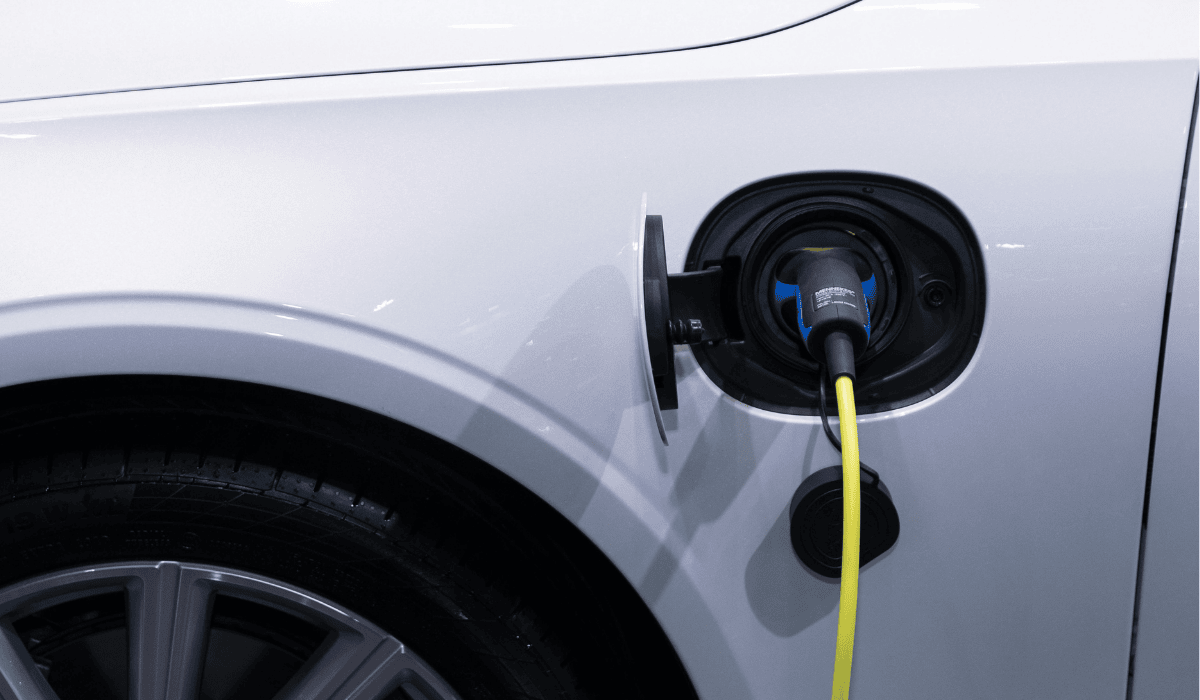A Category S car is a vehicle that has been written off by an insurance company due to structural damage, typically to the chassis or frame. The “S” stands for Structural. Although the car has been deemed too costly to repair by the insurer, it can be safely returned to the road if it’s repaired properly.
It’s important to know that the Cat S label stays with the vehicle for life. Even after full repairs and MOT approval, it must be sold and advertised as a Cat S car. This can impact the vehicle’s resale value, financing eligibility, and insurability.
Category S Car Meaning vs Other Categories
Understanding car insurance write-off categories is essential before you buy. Here’s how Cat S compares to other common categories:
- Cat N (Non-structural): Cars with non-structural damage (like electronics or panels).
- Cat C (historic): Replaced by Cat S; older term for structural damage.
- Cat D (historic): Replaced by Cat N; older term for non-structural damage.

Is It Safe to Drive a Cat S Car?
A Cat S car can be safe to drive, but it depends entirely on the quality of the repairs. Structural damage affects a car’s crashworthiness, so poor repairs can compromise safety in the event of a future accident. That’s why it’s crucial to verify that any Cat S car you’re considering has been professionally restored.
Buyers should request documentation for all repairs and ideally get an independent mechanical inspection. Many motoring experts also recommend purchasing an HPI Check to confirm the car’s insurance history and status before committing.
Pros and Cons of Buying a Cat S Car
Pros:
- Lower purchase price: Cat S cars are often 20–40% cheaper than their clean-title equivalents.
- Potential bargain for mechanically knowledgeable buyers or those using the car for short-term purposes.
- Easier access to modern cars with lower upfront costs.
Cons:
- Lower resale value due to the permanent Cat S label.
- Higher insurance premiums and limited insurance options.
- Difficult to finance, especially through high-street lenders.
- Safety risk if repairs weren’t done properly.
Can You Insure a Cat S Car?
Insuring a Category S car is possible, but it can be more complex. Some insurers will offer cover, but may charge higher premiums or require additional documentation. Others may refuse coverage altogether, especially if repair records aren’t available.
Before buying, always get insurance quotes from multiple providers. Make sure to disclose the Cat S status, and ask whether an inspection or engineer’s report is required for full coverage.
Can You Finance a Category S Car?
Financing a Cat S car is more challenging than financing a clean-title vehicle. Many traditional lenders avoid Category S cars due to concerns about safety, resale value, and depreciation. However, some specialist car finance providers or subprime lenders may still offer financing, often at higher rates.
If you’re considering financing a Cat S vehicle, be prepared to provide a larger deposit, submit full documentation of repairs, and face stricter affordability checks. It’s best to clarify your options before searching for vehicles.

Conclusion
Buying a Cat S car in 2025 can make financial sense in specific situations, such as if you're buying a car outright and understand the risks. These vehicles offer significant savings and may suit those with mechanical experience or a short-term driving need.
However, if you’re planning to finance the car, use it for business (e.g. Uber or PCO), or plan to resell it soon, a Cat S vehicle may not be ideal. You'll face limitations on financing, higher insurance costs, and difficulties reselling at market value.










.png)









